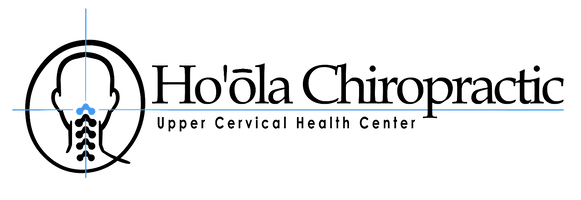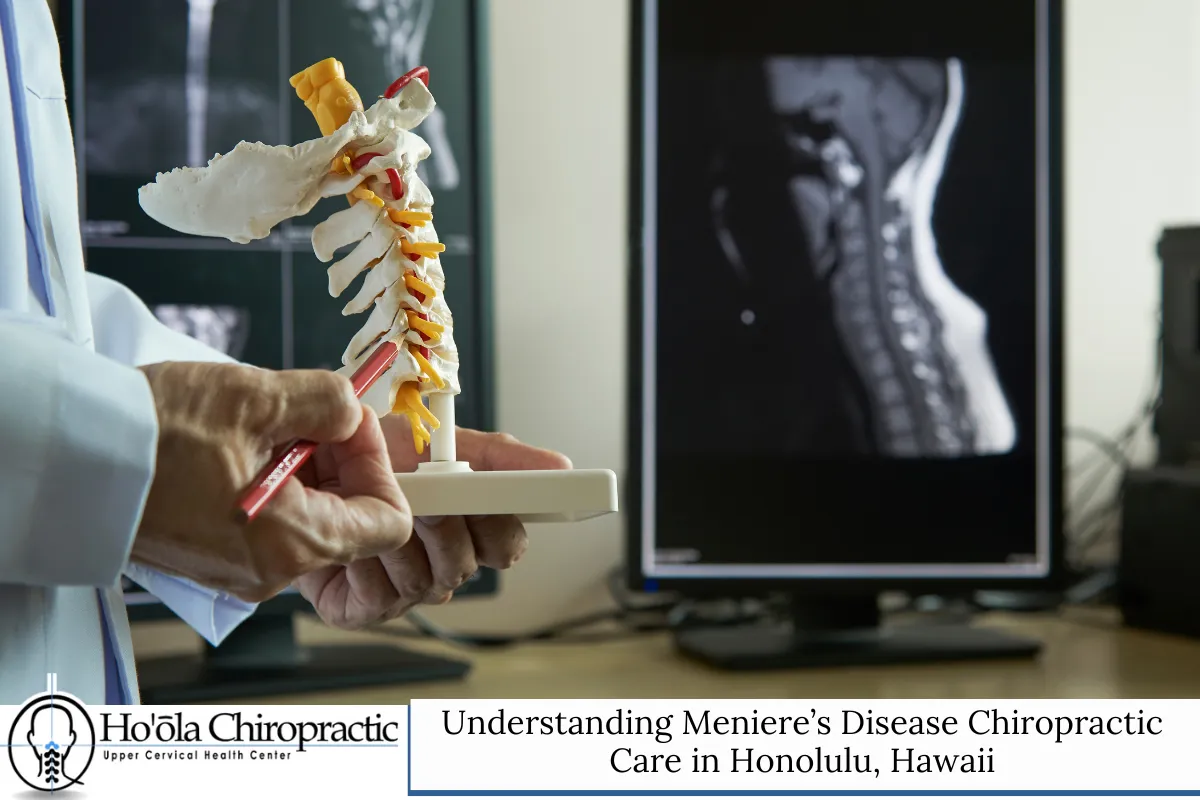How Meniere’s Disease Impacts Daily Life in Honolulu
Living with Meniere’s disease can be overwhelming, especially when symptoms such as hearing loss, aural fullness, ringing in the ear, and frequent vertigo disrupt your daily activities. For residents of Honolulu, Hawaii, searching for lasting relief can feel frustrating as conventional treatments sometimes fail to address the root causes. The unpredictability of this inner ear disorder often leads to anxiety, social isolation, and a diminished quality of life. But what if a specialized approach could offer genuine hope? Meniere’s disease chiropractic care in Honolulu is emerging as an alternative that focuses on spinal alignment and neurological function to help reduce symptoms and restore well-being. Here’s how chiropractic care may provide the support and results you’re seeking.
What Is Meniere’s Disease? An In-Depth Look at This Inner Ear Disorder
Meniere’s disease is a chronic and sometimes disabling condition of the inner ear, primarily characterized by episodic vertigo, hearing loss, tinnitus, and aural fullness. The root cause is believed to be endolymphatic hydrops—an abnormal buildup of fluid (endolymph) within the labyrinth of the inner ear. This pressure can lead to dramatic changes in balance and auditory function.
Key Symptoms of Meniere’s Disease
- Vertigo attacks (spinning sensation)
- Ringing in the ear (tinnitus)
- Progressive hearing loss
- Aural fullness (pressure in the ear)
The fluctuating symptoms often come on suddenly and can last anywhere from 20 minutes to several hours, causing significant disruption. Meniere’s disease is also associated with vestibular nerve involvement and may lead to permanent hearing changes over time.
The Connection Between the Cervical Spine and Meniere’s Disease
Emerging research points to a strong link between the cervical spine, especially the upper cervical region, and inner ear disorders like Meniere’s disease. The upper cervical spine, including the atlas (C1) and axis (C2) vertebrae, plays a crucial role in maintaining proper nervous system function and cerebrospinal fluid drainage.
How Upper Cervical Misalignments Affect the Inner Ear
When the upper cervical vertebrae become misaligned—often due to cervical trauma, whiplash, or poor posture—it can impede the natural flow of blood, cerebrospinal fluid, and nerve signals between the brain stem and inner ear. This can disrupt the endolymphatic system’s ability to regulate fluid balance in the ear, potentially leading to:
- Endolymph buildup and fluid retention
- Abnormal vestibular nerve signaling
- Vestibular disorder symptoms (dizziness, imbalance)
- Vestibulocochlear nerve irritation affecting hearing
How Chiropractic Care Addresses Meniere’s Disease in Honolulu
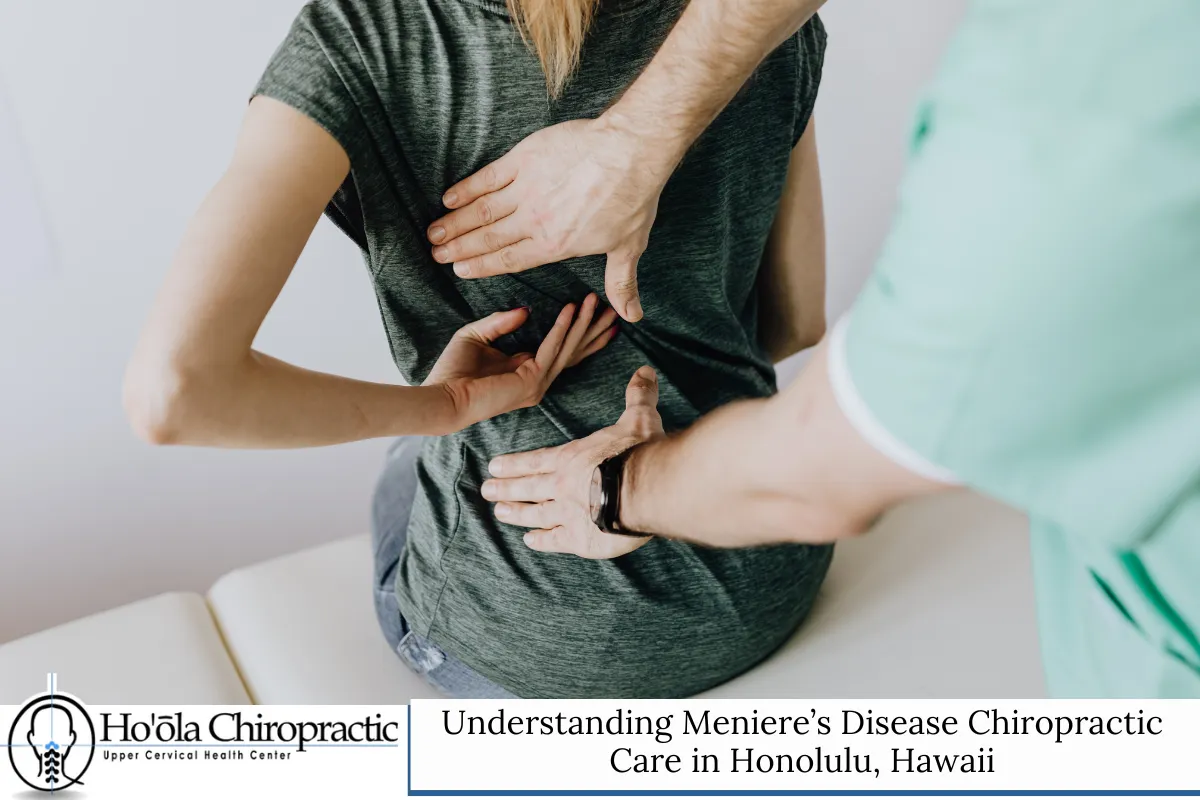
Chiropractic care, and specifically upper cervical chiropractic, offers a non-invasive, holistic approach to managing Meniere’s disease symptoms by targeting spinal alignment and nerve function. Honolulu has several specialists trained in these techniques, focusing on the craniocervical junction, which directly influences neurological pathways involved in balance and hearing.
What Is Upper Cervical Chiropractic Care?
Upper cervical chiropractic care is a specialized branch of chiropractic treatment focused on the alignment of the atlas and axis vertebrae. Misalignments in these areas can cause vertebral subluxation, impacting nervous system communication, blood flow, and cerebrospinal fluid drainage.
Techniques Used in Upper Cervical Chiropractic
- Blair upper cervical technique: Customizes spinal adjustments based on precise x-ray imaging.
- Torque release technique: Delivers gentle, targeted corrections to the upper cervical spine.
- Spinal manipulation and correction: Restores optimal spinal alignment without aggressive force.
Honolulu upper cervical chiropractors use digital x-rays, MRI scans, and cervical spine radiographs to accurately diagnose and plan individualized treatment options.
Patient Experience: What to Expect During Chiropractic Treatment
Your journey typically begins with a comprehensive assessment, including a neurological exam, cervical spine evaluation, and possibly blood tests or blood work to rule out other causes of vertigo and hearing loss. If you’re experiencing brain fog, muscle pain, or symptoms of a cervicogenic headache, these are also addressed in your personalized treatment plan.
Assessment Tools for Diagnosing Meniere’s Disease
- Digital x-rays and MRI scans for structural analysis
- Auditory brain stem response testing
- Vestibular rehabilitation assessment
- Blood pressure and blood flow checks
- Soft-tissue trigger-point therapy evaluation
Based on your unique cervical signs, your doctor of chiropractic will develop a customized care plan that may include spinal adjustments, cervical spine rehabilitation exercises, and dietary changes to manage fluid retention.
Specialized Chiropractic Adjustments for Lasting Relief
Upper cervical chiropractors in Honolulu use precise adjustments to restore spinal alignment, improving nervous system function and promoting optimal fluid drainage from the inner ear. These spinal corrections target vertebral subluxation and help reduce pressure on the cranial nerves and vestibular system.
Key Benefits of Chiropractic Adjustments for Meniere’s Disease
- Promote Fluid Balance: Improving cerebrospinal fluid drainage may decrease endolymphatic hydrops and fluid buildup in the ear.
- Restore Nervous System Function: Relieving nerve interference in the upper cervical spine enhances vestibular nerve signaling and hearing.
- Support Inner Ear Health: Enhanced blood flow and reduced inflammation help manage symptoms like tinnitus, aural fullness, and vertigo.
- Address Underlying Spinal Health: Spinal alignment supports overall body function and neurological health.
Some patients also benefit from adjunct therapies such as vestibular rehabilitation exercises, physical therapy, and soft-tissue trigger-point therapy to support spinal health and reduce secondary symptoms.
Comparing Chiropractic Treatment to Traditional Medical Approaches
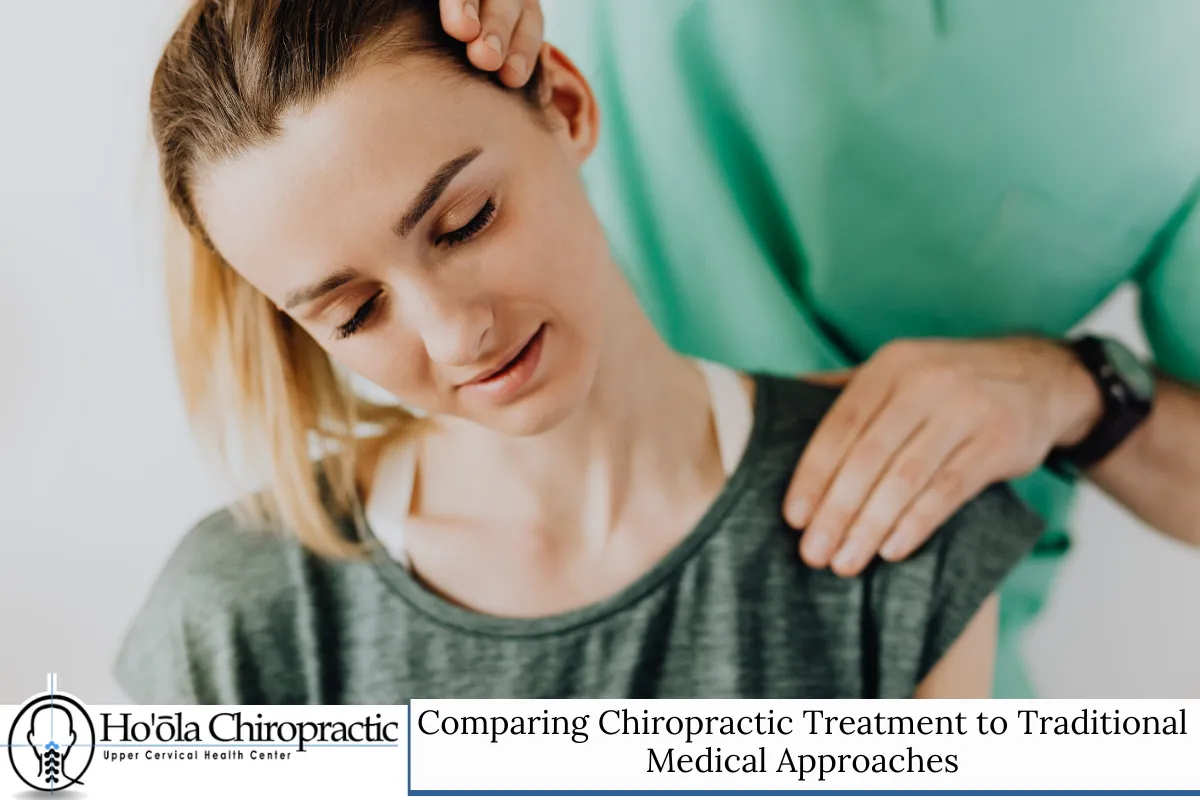
Traditional treatments for Meniere’s disease typically focus on symptom management. These may include medications for dizziness, steroid injections, surgical shunts, ventilation tubes, and in some cases, hearing aids. While these can provide short-term relief, they may not address cervical spine misalignments, vertebrobasilar insufficiency, or the underlying cause of fluid retention.
Why Chiropractic Care Offers a Different Solution
- Addresses root causes by correcting upper neck misalignment and optimizing nervous system function
- Reduces reliance on medication and invasive procedures
- Improves patient results by focusing on overall spinal and neurological health
- Offers holistic, non-invasive options for long-term management
Chiropractic care is often combined with lifestyle and dietary changes, vestibular rehabilitation, and other supportive therapies to enhance effectiveness.
Innovative Chiropractic Techniques for Meniere’s Disease Relief in Honolulu
Honolulu chiropractors are trained in specialized upper cervical chiropractic techniques that focus on the atlas vertebrae (C1) and axis (C2). Correcting these spinal misalignments can help restore fluid balance in the inner ear and promote better neurological function.
Specialized Approaches Used by Upper Cervical Chiropractors
- Blair Upper Cervical Technique: This method uses digital x-rays and cervical spine radiographs to identify even the slightest misalignment at the craniocervical junction. With careful analysis, the chiropractor delivers gentle corrections to improve cerebrospinal fluid drainage and reduce endolymph buildup.
- Torque Release Technique: Known for its precision, this technique targets the upper cervical spine with minimal force, restoring optimal vertebral alignment and helping with pressure in the ear and vestibular nerve function.
- Cervical Spine Rehabilitation Exercises: Customized rehabilitation plans often include stretches and exercises that target the C2-3 joint and other cervical structures, supporting spinal correction and reducing tension on the vestibulocochlear nerve.
- Soft-Tissue Trigger-Point Therapy: This hands-on approach addresses muscle pain and cervical signs, further supporting spinal adjustments and helping alleviate associated cervicogenic headache and temporomandibular joint tension.
Supporting Therapies Often Combined with Chiropractic Care
- Vestibular Rehabilitation Exercises: These exercises focus on retraining the vestibular system, semicircular canals, and vestibular nucleus to improve balance.
- Epley Maneuver: Used for benign paroxysmal positional vertigo, this maneuver may be recommended if positional vertigo is part of the patient’s symptom profile.
- Physical Therapy: Integrated as needed to improve neck strength, mobility, and overall back health.
The combination of these advanced chiropractic treatment options with lifestyle modifications provides a comprehensive approach for those suffering from Meniere’s disease in Honolulu.
How to Choose the Right Upper Cervical Chiropractor in Honolulu
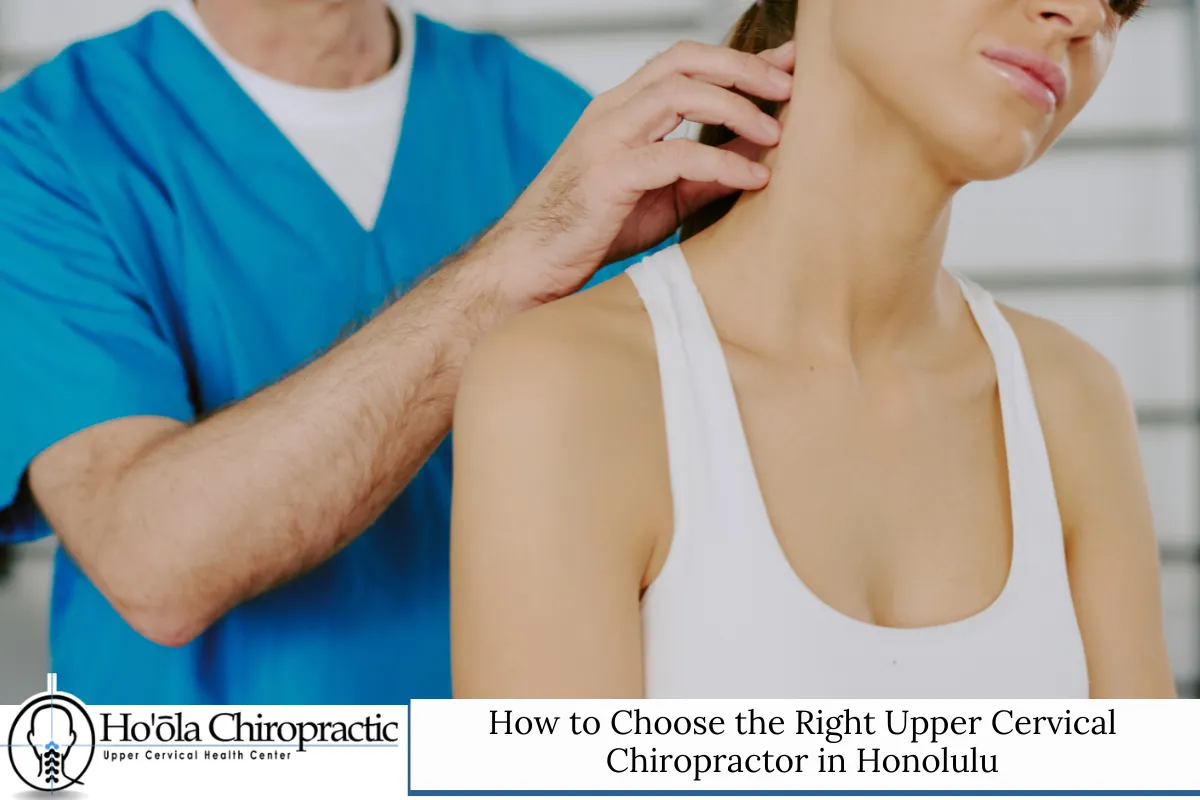
Finding an experienced upper cervical chiropractor is essential for effective Meniere’s disease chiropractic care. Here’s what to look for:
- Credentials: Look for a doctor of chiropractic with advanced training in upper cervical techniques and a focus on vestibular disorders.
- Experience: Ask about their experience treating patients with inner ear disorders, cervical spine trauma, and vestibular rehabilitation.
- Technology: Clinics that use digital x-rays, MRI scans, and advanced diagnostic tools offer more precise and individualized care.
- Patient-Centered Approach: The best chiropractors will develop a custom treatment plan that incorporates spinal manipulation, cervical rehabilitation, and supportive therapies tailored to your needs.
- Communication: Clear explanations, regular progress assessments, and education about your spinal health and vestibular system are crucial for long-term success.
Complementary Strategies to Support Chiropractic Care for Meniere’s Disease
Chiropractic treatment is most effective when combined with other supportive measures. These strategies can help optimize your recovery and reduce symptom recurrence:
Diet and Lifestyle Modifications
- Reduce Salt Intake: Managing sodium helps prevent fluid retention and endolymph buildup in the inner ear.
- Stay Hydrated: Adequate hydration supports cerebrospinal fluid and blood flow, improving overall inner ear pressure.
- Limit Caffeine and Alcohol: Both can worsen symptoms by affecting fluid balance and triggering ringing in the ear.
- Avoid Triggers: Some people find relief by monitoring for food sensitivities or allergens that may worsen autoimmune reactions.
Stress Management
- Relaxation Techniques: Deep breathing, mindfulness, and meditation can help regulate sympathetic signals and support nervous system health.
- Gentle Exercise: Activities like walking, swimming, or yoga can improve blood flow and reduce neck muscle tension.
Monitor and Address Underlying Health Issues
- Check for Vitamin B-12 Deficiency: This can affect neurological function and contribute to symptoms.
- Regular Blood Work: Monitor for changes in blood pressure, signs of autoimmune conditions, and vascular health.
- Address Cervical Trauma: Prior neck injuries, whiplash, or upper neck misalignment should be properly evaluated and treated.
Honolulu’s Unique Climate and Its Impact on Meniere’s Disease
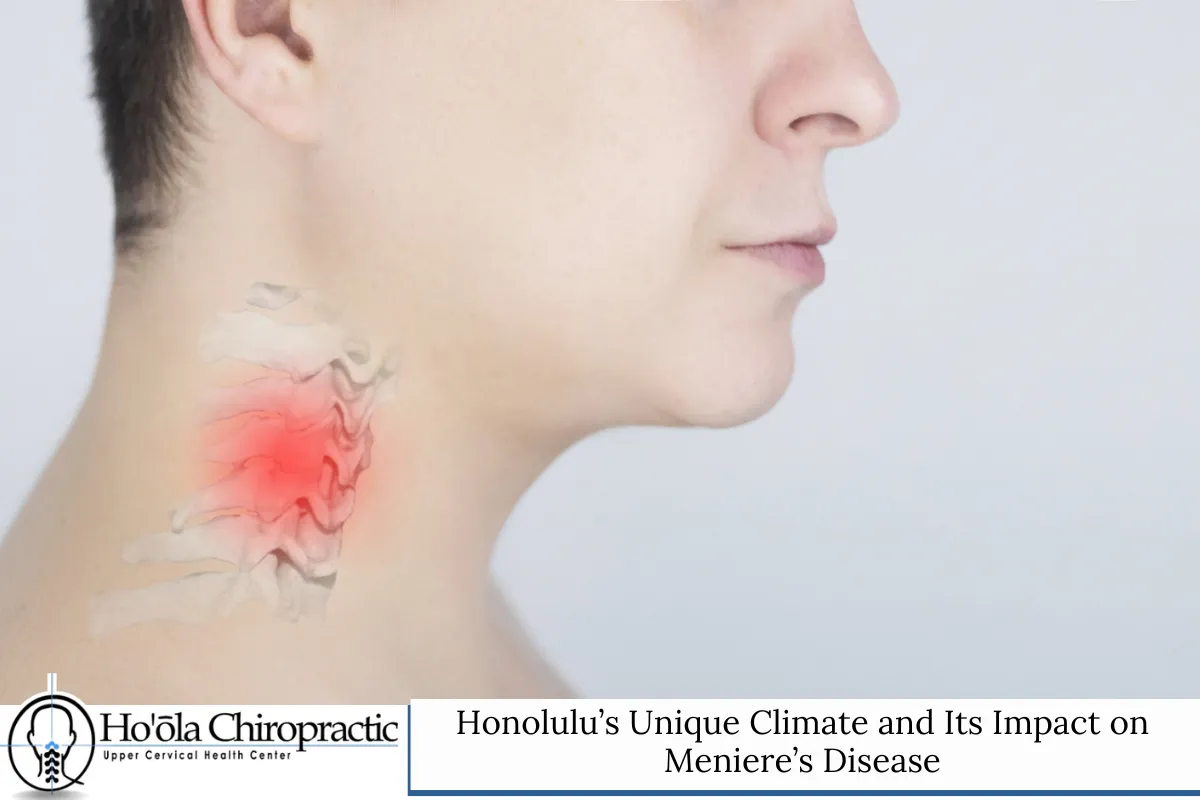
Living in Honolulu, Hawaii, offers many health benefits, but the region’s unique humidity, air pressure changes, and environmental allergens can influence Meniere’s disease symptoms. Some patients notice fluctuations in hearing loss, aural fullness, and ringing in the ear during sudden weather shifts or when exposed to allergens.
How Your Chiropractor Can Help
Your upper cervical chiropractor will factor local environmental influences into your treatment plan. This may involve seasonal dietary recommendations, tips for managing air pressure device use, and guidance on coping with humidity-related vestibular disorder flare-ups. A holistic approach ensures your care is tailored to your lifestyle and environment in Honolulu.
Your Next Steps: Starting Meniere’s Disease Chiropractic Care in Honolulu
If you or a loved one is living with Meniere’s disease in Honolulu, chiropractic care may be the solution you’ve been seeking. Early intervention is crucial for preventing long-term hearing changes and minimizing vestibular disorder complications.
What to Expect in Your First Visit
- Comprehensive health and neurological exam
- Assessment of cervical spine misalignment and upper cervical health
- Review of previous tests (x-rays, MRI, blood work)
- Discussion of treatment options and lifestyle recommendations
- Creation of a personalized, step-by-step treatment plan
Chiropractic treatment for Meniere’s disease focuses on restoring spinal alignment, supporting the nervous system, and promoting fluid drainage, giving you a holistic and patient-centered path to wellness.
Taking Control of Your Symptoms: Why Upper Cervical Chiropractic May Be the Solution You Need
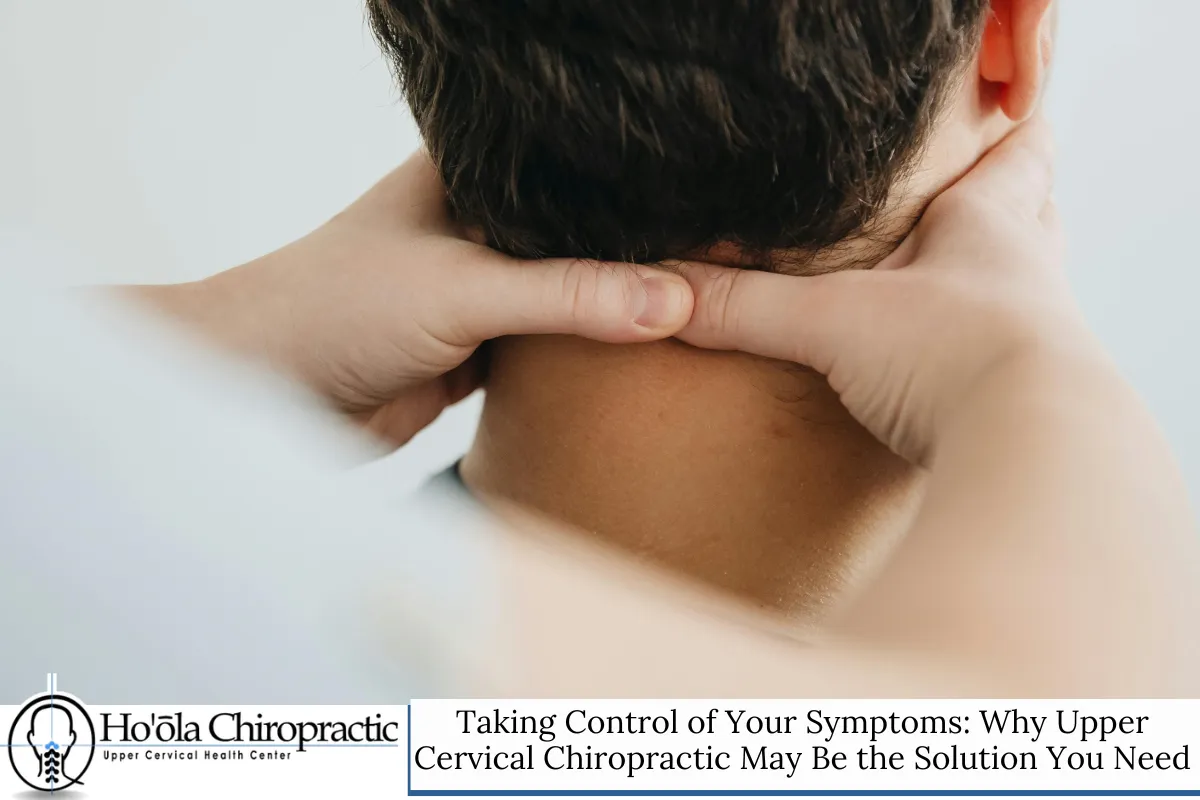
For many residents in Honolulu, the unpredictable challenges of Meniere’s disease can feel isolating and exhausting. Repeated episodes of vertigo, hearing loss, and aural fullness can interfere with relationships, work, and the enjoyment of Hawaii’s vibrant lifestyle. If you’ve explored conventional treatment options and still struggle with ongoing symptoms, it may be time to look at a new direction—one that targets your spinal health, nervous system, and inner ear balance at their roots.
Upper cervical chiropractic care offers a unique, evidence-based path toward symptom management and potential relief. By correcting cervical spine misalignment and optimizing neurological pathways, this approach addresses the core contributors to vestibular dysfunction and fluid buildup—rather than masking symptoms with medication alone.
The Benefits of Choosing Chiropractic Care for Meniere’s Disease
- Personalized Care: No two cases of Meniere’s disease are exactly the same. Your doctor of chiropractic will conduct a thorough evaluation, including digital x-rays, MRI scans, and neurological exams, to design a treatment plan that is tailored specifically to your needs.
- Non-Invasive Approach: Chiropractic adjustments focus on gentle, targeted corrections—helping restore cerebrospinal fluid drainage, improve vertebral artery blood flow, and support central nervous system health without drugs or surgery.
- Long-Term Wellness: With continued upper cervical care and supportive lifestyle changes, many patients experience long-term reduction in vertigo, improved hearing, and greater overall well-being.
- Collaborative Support: The best results come from a team approach—combining chiropractic treatment with dietary changes, vestibular rehabilitation exercises, and regular health monitoring for comprehensive management.
Start Your Journey to Relief: Meniere’s Disease Chiropractic Care in Honolulu, Hawaii
If you’re living with Meniere’s disease and searching for answers, you’re not alone. Honolulu is home to skilled upper cervical chiropractors who understand the complexities of this inner ear disorder and are dedicated to helping you regain control of your health.
Take the first step today by scheduling a consultation with a qualified upper cervical chiropractor. Your path to relief may begin with just one gentle chiropractic adjustment—restoring balance, function, and confidence in your life.
Ready to explore how chiropractic care can support your recovery from Meniere’s disease? Contact a Honolulu upper cervical chiropractor now to discuss your symptoms, ask questions, and develop a treatment plan built around your unique needs.
Your journey toward better balance, hearing, and peace of mind starts with a single call.
Meniere's Disease Chiropractic in Honolulu, Hawaii — Ho'ola Chiropractic
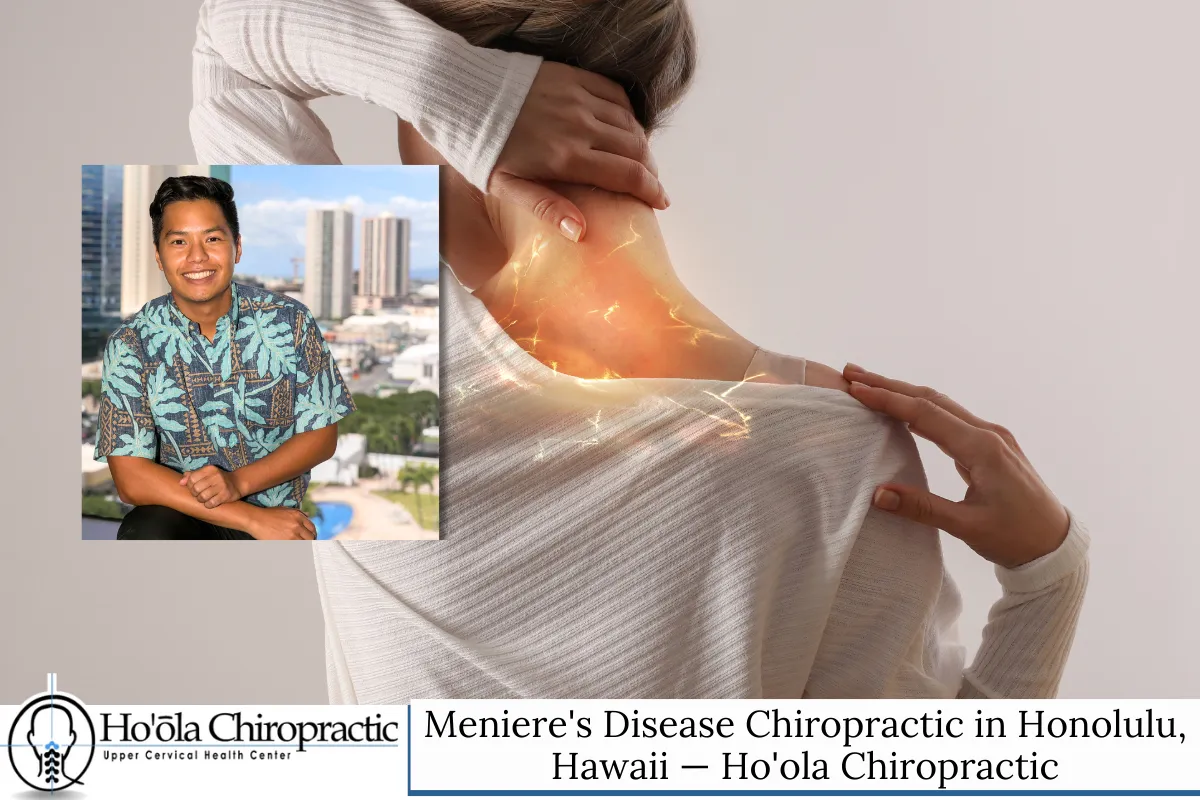
Struggling with vertigo, hearing loss, or pressure in the ear? Ho'ola Chiropractic in Honolulu offers expert meniere's disease chiropractic care, helping you find lasting relief without drugs or surgery. Our upper cervical chiropractors specialize in gentle adjustments to restore balance, improve fluid drainage, and support your nervous system. We use advanced techniques tailored to your unique needs, so you can get back to enjoying life in Hawaii. Serving Honolulu and nearby areas, we’re ready to help you regain control over your symptoms. Don’t wait—call us today at (808) 772-8284 or fill out our contact form to schedule your consultation. Discover a new path to wellness with Ho'ola Chiropractic.
Frequently Asked Questions
1. Can chiropractic care help reduce my vertigo attacks?
Many patients report fewer and less severe vertigo episodes after upper cervical chiropractic adjustments. By correcting vertebral subluxation and supporting optimal spinal health, chiropractic care can reduce interference to the vestibular nerve and endolymphatic system, which often alleviates dizziness.
2. How soon can I expect to see results from chiropractic treatment?
Patient results vary based on the degree of cervical spine misalignment, duration of symptoms, and individual health factors. Some experience improvement after just a few adjustments, while others may need a series of visits over weeks or months for lasting relief.
3. Is chiropractic adjustment safe for people with Meniere’s disease?
When performed by a licensed doctor of chiropractic, upper cervical chiropractic care is generally safe and gentle. Specialized techniques, such as the Blair upper cervical and torque release methods, use minimal force and are designed to avoid aggravating the inner ear or nervous system.
4. How is the cause of my symptoms determined?
A comprehensive evaluation may include neurological exams, digital x-rays, MRI scans, blood tests, auditory brain stem response, and cervical spine radiographs. This thorough approach helps rule out ear infections, autoimmune reactions, vasogenic edema, and other causes before designing a personalized treatment plan.
5. Can chiropractic care be combined with medical treatment?
Absolutely. Many patients find the best results when chiropractic care is integrated with other medical and supportive therapies. This collaborative approach can include hearing aids, dietary changes, medication for fluid retention, and other non-surgical solutions.
Read The Benefits of Chiropractic Treatment for Meniere’s Disease in Honolulu, HI
